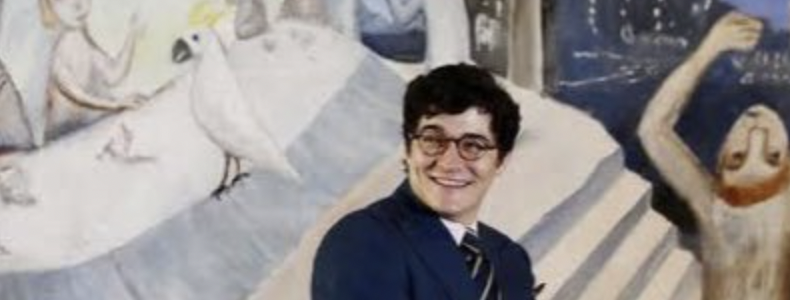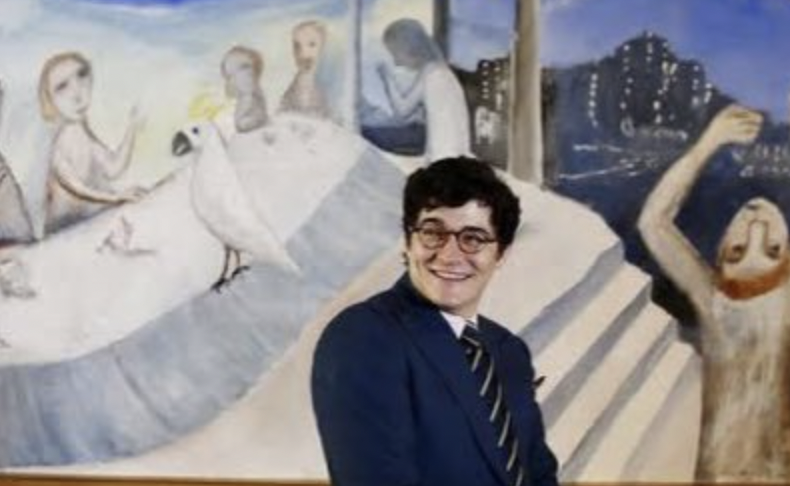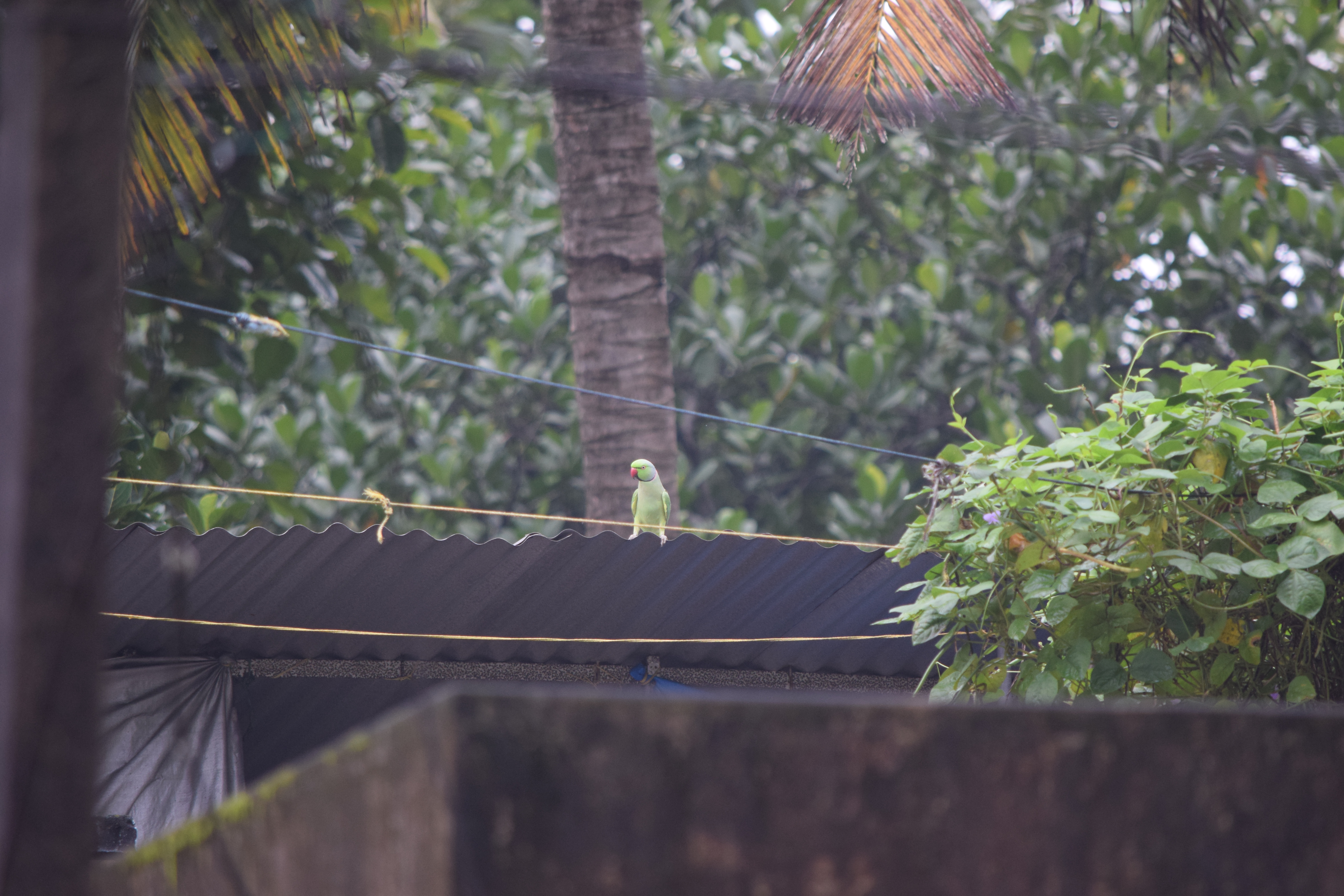
Human species are “the bird without feathers”


Ornithologist and behaviour ecologist, Antone Martinho-Truswell, proves human resemblance to birds although neither we humans are not like other mammals nor fly or have feathers and lay eggs, and not descended from dinosaurs. Our defining human traits, our longevity, intelligence, monogamy and childrearing and learning and language are far more similar to birds than to our fellow mammals. These similarities originate not from shared ancestors but from parallel histories. Our evolutionary stories have pushed humans and birds to the same solutions. Martinho-Truswell explores these similarities to argue that we can learn a great deal about ourselves by thinking of the human species as “the bird without feathers”.
Evolution that drive very different species to very similar outcomes and behaviours. The traits we share with birds but not mammals are the result of similar, specific pressures that demanded similar solutions – and exploring these similarities can help understand both whey we evolved to be the way we are, and also how very unusual some of our behaviours are in the animal kingdom. Martino-Trustwell also demonstrates the ways which parrots are our biological mirror image; an evolutionary parallel to ourselves. With parrots, we understand how close nature came to creating another lineage of radical intelligence on Earth, and we also come to better understand ourselves.
Both mammals and birds are warm-blooded, we though their last common ancestor- “essentially” a reptile who died 320 million years ago – was cold-blooded. Warm-bloodedness evolved twice.
Primates evolved good colour vision which sets them apart from most mammals, who being nocturnal, rely on other senses, and brings them closer to birds, who can see the colour and ultraviolet light.
Larger mammals tend to live longer, but humans live longer than elephants and gorillas, who are much bigger than us. We might fit better with birds whose longevity is less predictable although mute swans can live to the age of 70.
Most mammals are not monogamous with males often leaving after mating. But most birds are monogamous either seasonally or for life, making them more like humans.
Marinho-Trustwell debates “While a male mammal can do comparatively very little to assist in rearing offspring, a male bird can do almost everything the female can”.
Various studies show that corvids and parrots can use and build tools roughly as skilfully as primates. Japanese carrion crows famously worked out traffic lights so that they could place walnuts in front waiting cars, which could then crack nuts open.
The intelligent creatures who spilled out from Africa 50 million years before humans did Alex, an African grey parrot who died in 2007 was “the first known non-human to ask a question”.
The cleverest birds see the value of spite: If you start feeding wild cockatoos and then stop, the birds will take out their anger on your house, including ripping out decking. Australians beware, although “We see ourselves in birds” according to Martinho-Trustwell. We certainly do not see ourselves in chickens, of which we kill an estimated 50 billion every year.
We should all be actively conserving birds in the wild, and treat those in captivity much better.
